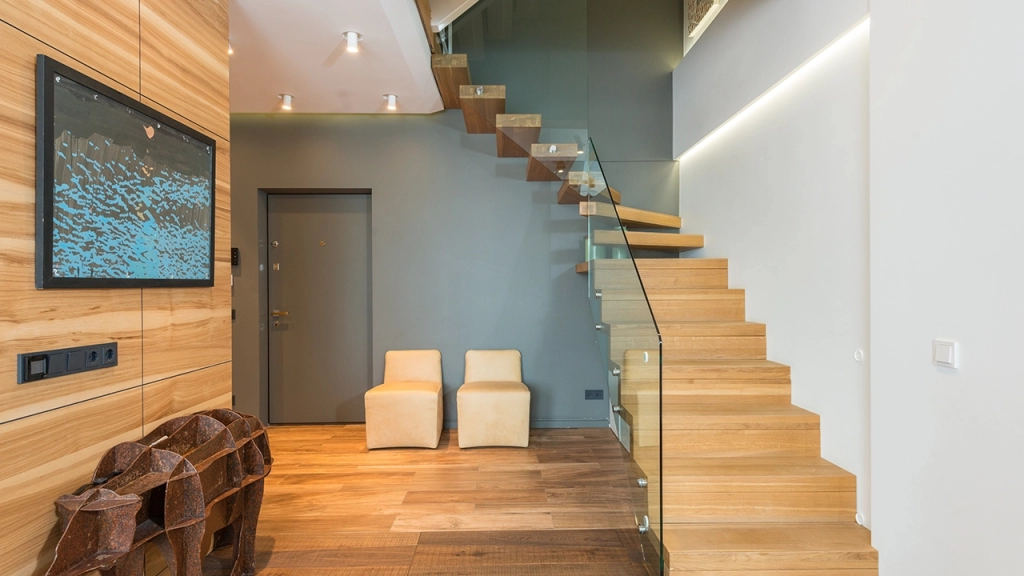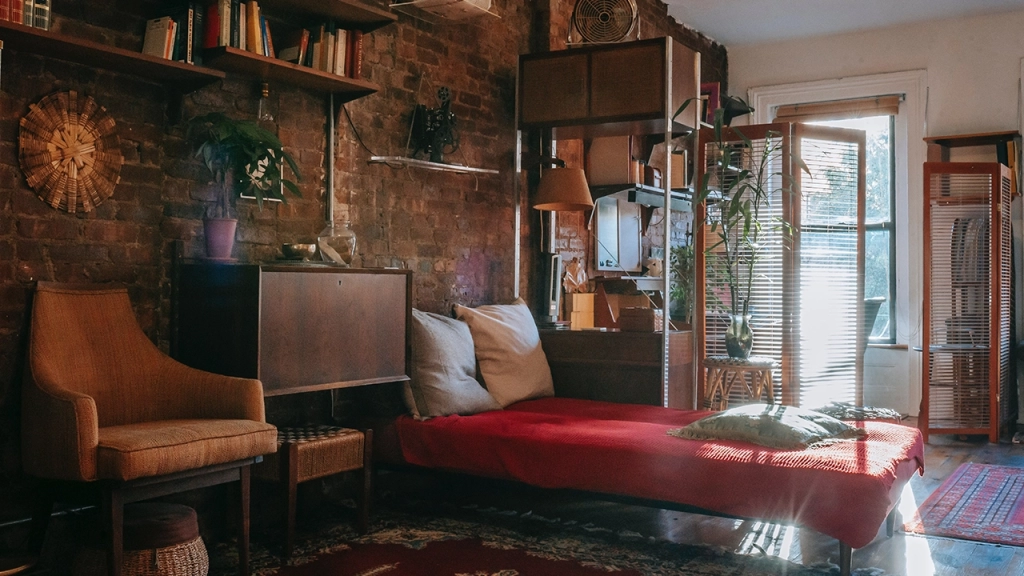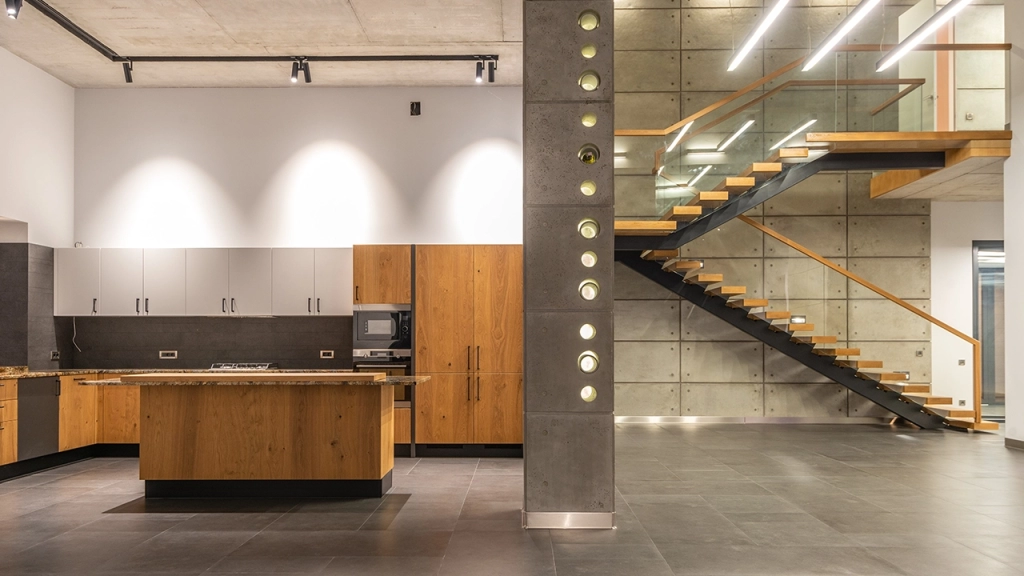Lofts have become a staple of the Toronto real estate market and are highly sought-after by those looking to live in the heart of the city. A question I constantly get asked is what’s the difference between a hard loft vs. soft loft? Well, we will explore that more in just a minute but whether you’re a young professional, a growing family, or an empty-nester looking to downsize, there’s a loft out there for everyone.
As a real estate broker specializing in Toronto properties, I’ve helped clients navigate the unique features and benefits of lofts, as well as understand the differences between the various types of lofts available on the market. In this article, I’ll be sharing my knowledge and expertise to help you make informed decisions when it comes to buying or renting a loft in Toronto.
First, we’ll explore the key characteristics of hard lofts and soft lofts. Hard lofts are often converted from old industrial or commercial buildings and feature original architectural elements like exposed brick walls, large windows, and high ceilings. Soft lofts, on the other hand, are newly constructed buildings designed to mimic the look and feel of hard lofts, but with modern amenities like stainless steel appliances and granite countertops.

Next, we’ll delve into the pros and cons of living in a loft apartment versus a regular apartment. While lofts offer unique charm and character, they also come with some drawbacks like noise from shared walls and limited privacy. It’s important to weigh these factors when considering whether a loft is right for you.
Finally, we’ll provide some tips for renting or buying a loft in Toronto. We’ll discuss the benefits of using a real estate agent, what to look for when viewing a loft, and how to navigate the rental or purchase process. By the end of this article, you’ll be well-equipped to make an informed decision about whether a hard loft or soft loft is the right choice for you.
What Is A Loft?

A loft apartment is an open-concept living space that is typically located in an industrial or commercial building that has been converted into a residential living space. Lofts are characterized by their open floor plans, high ceilings, large windows, and exposed brick or ductwork. The origin of lofts dates back to the 1950s in New York City, where artists began converting empty warehouses into living spaces.
Loft living has since become popular in urban areas all over the world, including Toronto. There are many benefits to living in a loft apartment, such as the abundance of natural light, the unique architecture and design elements, and the open-concept living space that allows for flexibility in furniture placement and use.
However, there are also some drawbacks to living in a loft apartment. Lofts can often lack privacy due to their open floor plans, and they may not have as much storage space as traditional apartments. Additionally, lofts are often located in industrial areas that can be noisy and less pedestrian-friendly than residential neighbourhoods.
Despite these drawbacks, lofts have become a popular choice for those looking for a unique living space with an industrial and artistic vibe. The next section will discuss the two main types of lofts: hard lofts and soft lofts.
Hard Loft vs. Soft Loft
Lofts can be divided into two categories: hard lofts and soft lofts. Both types have their unique features and characteristics. Let’s take a closer look.
Hard Lofts

Hard lofts are also known as authentic lofts or heritage lofts. These are typically found in converted warehouses, factories, and other industrial buildings. They were originally used as workspaces for artists, entrepreneurs, and small business owners. Hard lofts have high ceilings, exposed brick or concrete walls, large windows, and open floor plans. Some hard lofts have unique features such as exposed ductwork, original wooden beams, or even freight elevators.
Hard lofts are considered to be the most authentic type of loft living. They have a unique charm that comes with their history and architectural elements. They appeal to those who are looking for an industrial-style living space with a lot of character. Hard lofts are generally more expensive than soft lofts because they are unique and have limited inventory.
Soft Lofts

Soft lofts are a newer concept and are found in buildings that were constructed as residential buildings rather than industrial buildings. Soft lofts are built to mimic the industrial feel of hard lofts, but they have more modern amenities and finishes. Soft lofts typically have high ceilings, large windows, and open floor plans. They may have exposed ductwork and concrete or brick accents, but they are not as industrial as hard lofts.
Soft lofts are often found in newer buildings that were constructed in the past few decades. They are designed to appeal to those who want the loft style but also want modern amenities such as granite countertops, stainless steel appliances, and hardwood floors. Soft lofts are generally less expensive than hard lofts, and they offer a wider range of sizes and layouts.
Pros and Cons
Both hard lofts and soft lofts have their pros and cons. Hard lofts are unique and have a lot of character, but they can be expensive and have limited inventory. Soft lofts are more affordable and offer a wider range of options, but they may not have the same charm and history as hard lofts.
When deciding which type of loft is right for you, consider your budget, lifestyle, and priorities. If you are looking for a unique living space with a lot of character and are willing to pay a premium for it, a hard loft may be the best option for you. If you want a loft-style living space with modern amenities and a more affordable price point, a soft loft may be the better choice.
Loft Apartment vs. Redular Apartment

If you’re considering moving to a new apartment in Toronto, you may be wondering what the differences are between a loft apartment and a regular apartment. Here’s what you need to know:
A regular apartment is typically a unit in a multi-story building with separate rooms for living, sleeping, and cooking. These apartments can range from small studios to spacious multi-bedroom units with amenities like balconies, pools, and gyms. Regular apartments are usually purpose-built for residential use and are designed to maximize living space and privacy.
On the other hand, a loft apartment is typically an open-concept space that has been converted from a non-residential building, such as a factory or warehouse. Loft apartments are known for their high ceilings, large windows, and exposed brick or ductwork. They often have an industrial or minimalist aesthetic and can range from small studios to expansive multi-level units with unique layouts.
One of the biggest differences between a loft apartment and a regular apartment is the layout. Loft apartments usually have an open floor plan, meaning there are no separate rooms for living, sleeping, and cooking. This can make the space feel larger and more spacious, but it can also be less private. Regular apartments, on the other hand, have separate rooms for each activity, which can provide more privacy and a better separation of living spaces.
Another key difference between the two types of apartments is the cost. Loft apartments are often more expensive than regular apartments due to their unique features and prime locations in trendy neighbourhoods such as Liberty Village. However, regular apartments may offer more amenities and are often found in more traditional residential areas.
When deciding between a loft apartment and a regular apartment, it’s important to consider your lifestyle and preferences. If you value privacy and a traditional layout, a regular apartment may be the best choice for you. But if you’re drawn to the unique features and open-concept layout of a loft apartment, it could be worth the extra cost.
Renting vs. Buying a Loft

When it comes to finding a loft, one of the first decisions you’ll need to make is whether to rent or buy. Both options have their pros and cons, and the decision will ultimately depend on your lifestyle, financial situation, and personal preferences.
Renting a Loft:
Pros:
- Flexibility: Renting a loft gives you the flexibility to move around more frequently than if you own the property.
- Lower upfront costs: When renting, you don’t have to worry about a down payment or closing costs, making it a more affordable option for those on a tight budget.
- Less maintenance: As a renter, you won’t be responsible for the same level of maintenance as a homeowner. Typically, the landlord will be responsible for any repairs or issues that arise in the loft.
Cons:
- Limited control: As a renter, you’ll have limited control over the space. You won’t be able to make any significant changes to the loft without your landlord’s approval.
- Lack of investment: Renting means you won’t be building equity in the property. You’ll be paying someone else’s mortgage instead of your own.
- Risk of rent increases: With a rental property, there’s always the risk of rent increases when it’s time to continue or renew the lease.
Buying a Loft:
Pros:
- Investment: When you buy a loft, you’re making an investment in real estate. You’ll have the opportunity to build equity in the property and potentially make a profit when you decide to sell.
- Greater control: As the owner of the loft, you have full control over the space. You can make any changes you want without worrying about approval from a landlord.
- Tax benefits: Owning a property comes with certain tax benefits, such as the ability to deduct mortgage interest and property taxes.
Cons:
- Higher upfront costs: Buying a loft requires a significant upfront investment, including a down payment and closing costs. This can make it difficult for those on a tight budget to buy a property.
- Responsibility for maintenance: As a homeowner, you’ll be responsible for all maintenance and repairs on the property. This can be a significant expense and time commitment.
- Less flexibility: Buying a property is a long-term commitment, and it can be difficult to sell your property fast and move if you need to relocate.
Tips for Renting or Buying a Loft in Toronto:
- Start your search early: Whether you’re renting or buying, it’s important to start your search early. This will give you enough time to explore different neighbourhoods, find a property that meets your needs, and negotiate a fair price.
- Work with a real estate agent: A real estate agent can help you navigate the Toronto housing market and find properties that meet your specific requirements. They can also help you negotiate with landlords or sellers and provide valuable advice throughout the process.
- Consider your budget: Before you start your search, make sure you have a clear understanding of your budget. This will help you narrow down your options and avoid falling in love with a property that’s out of your price range.
- Ask questions: Whether you’re renting or buying, it’s important to ask questions and get as much information as possible about the property. Ask about the building’s history, maintenance schedule, and any potential issues or concerns.
- Read the fine print: Before signing any lease or purchase agreement, make sure you read the fine print and understand all the terms and conditions. This will help you avoid any surprises down the road.

Common Question about Renting or Buying a Loft:
Should I use a real estate agent to find a rental in Toronto?
While it’s not necessary to use a real estate agent when renting, it can be helpful. A real estate agent can help you navigate the rental market, provide you with valuable insights, and negotiate on your behalf. However, keep in mind that the landlord usually pays the real estate agent’s fee, so be sure to ask if the rental listing includes the fee or if you will need to pay it separately.
How do I find tenants for my rental property?
If you’re a landlord looking to rent out your loft, there are several ways to find potential tenants. You can list your rental on online platforms such as Craigslist or Kijiji, post flyers around your neighbourhood, or hire a Toronto rental agent to market your rental property.
What questions should I ask when renting a loft?
Before renting a loft, it’s important to ask questions about the rental agreement and the building itself. Here are some questions you may want to consider asking:
- What is included in the rent?
- How long is the lease?
- What is the process for renewing the lease?
- Are there any move-in incentives?
- What is the pet policy?
- What is the parking situation?
- Are there any move-in/move-out fees?
Conclusion

In conclusion, lofts have become a popular housing option in Toronto due to their unique features and industrial feel. They are available in two main types: hard lofts and soft lofts, each with its own pros and cons. Loft apartments offer a different experience than regular apartments, with open-concept spaces, high ceilings, and large windows. When it comes to renting vs. buying a loft, there are pros and cons to both, and it ultimately depends on your lifestyle and financial situation.
If you are looking to rent or buy a loft in Toronto, there are some key tips you should keep in mind, such as finding a trustworthy real estate agent or landlord, and researching the building’s history and reputation. It’s important to ask questions and fully understand the terms of your rental or purchase agreement.
As a Toronto real estate agent, I can help guide you through the process of finding your ideal loft. Whether you are a first-time homebuyer or a seasoned renter, I am here to assist you in making informed decisions and finding your dream loft in the city.
On the other hand, if you’re the proud owner of a Toronto loft and looking to make a move, let’s connect for a free Toronto home evaluation to get the value of your loft in today’s market.
If you have any further questions or need assistance, please do not hesitate to contact me.


